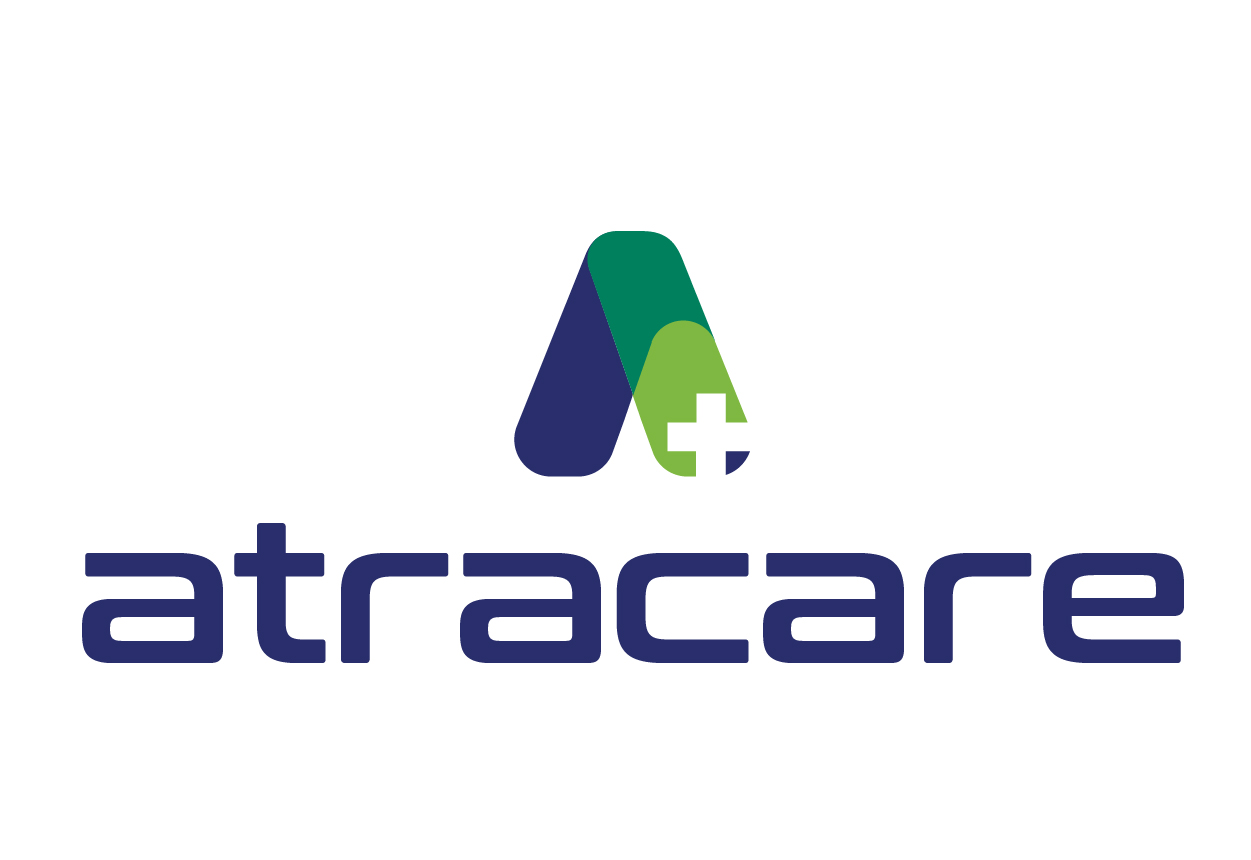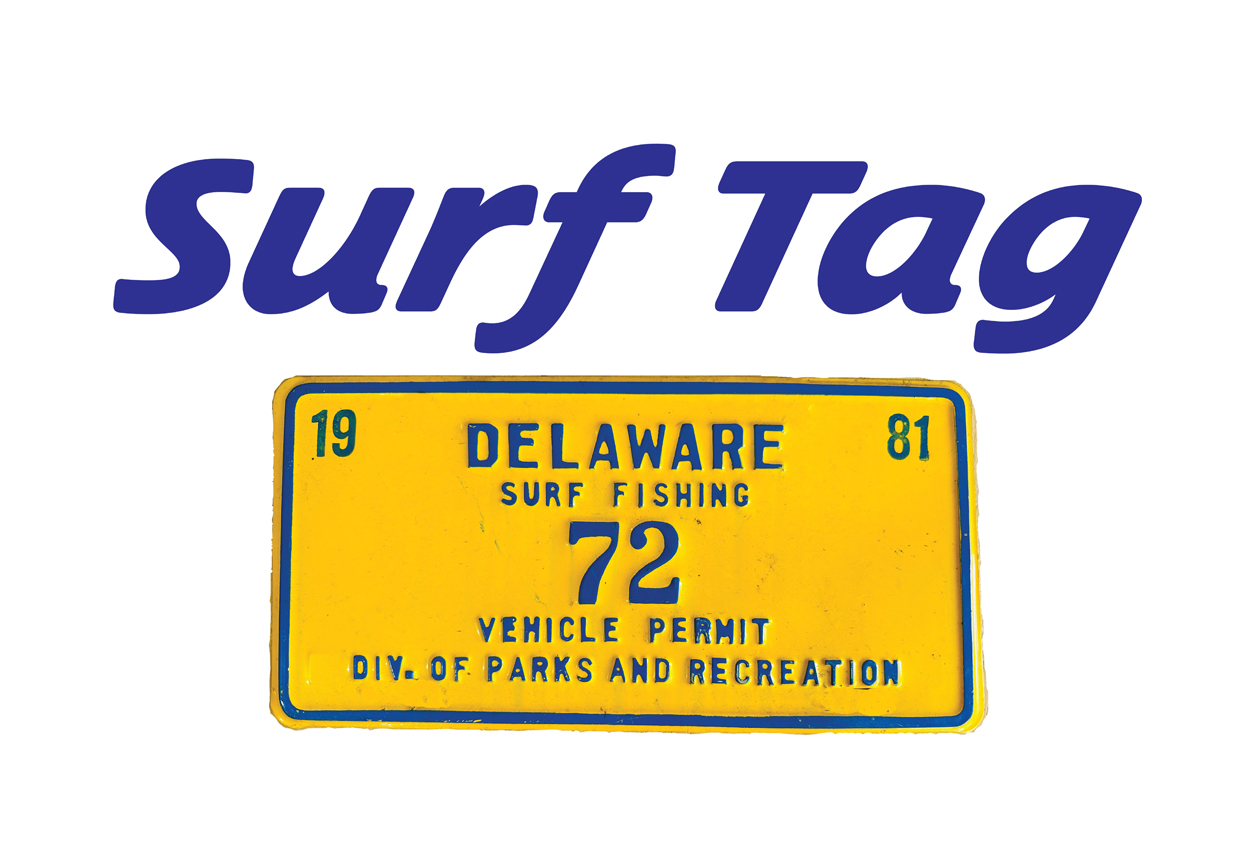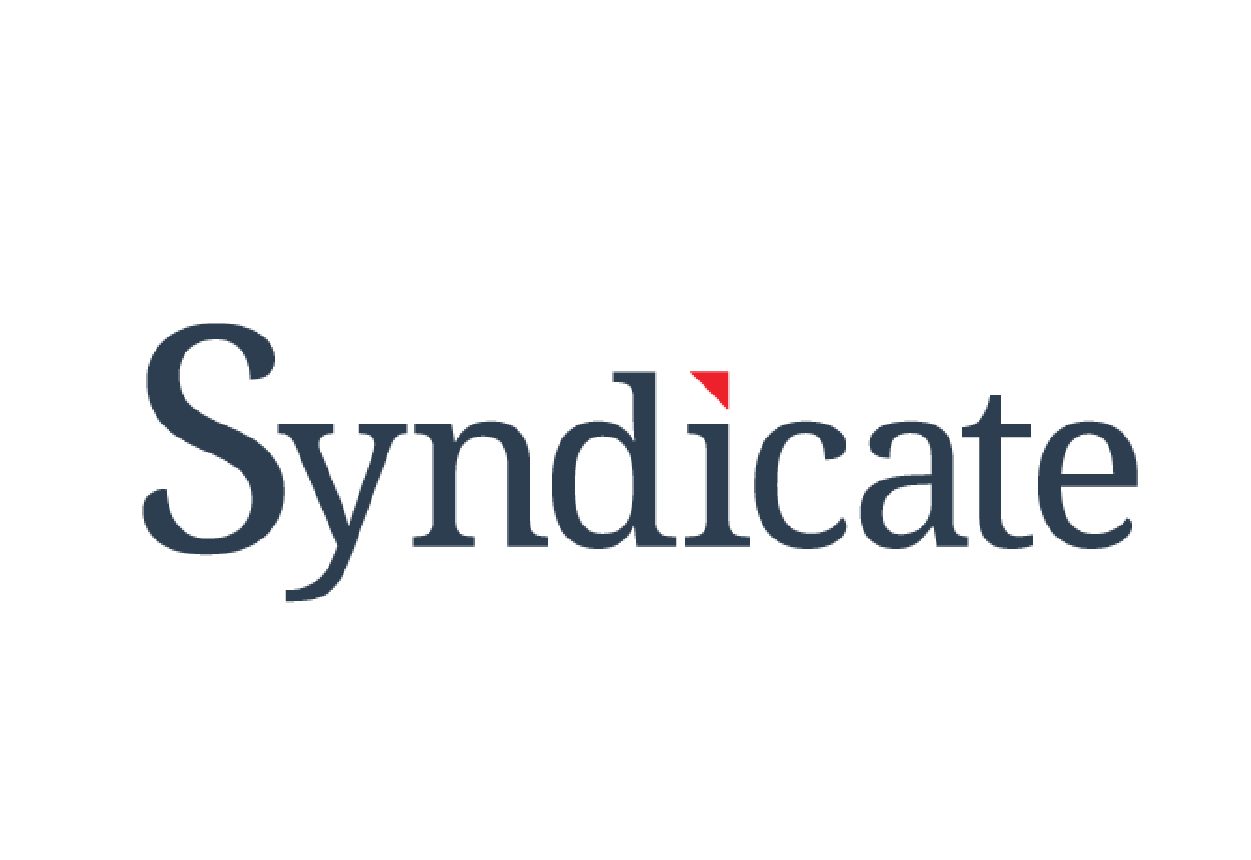Update
Delaware Beaches Online brings forth an interesting update on DNREC’s recent move to initiate a study focusing on the economic impacts of beach nourishment along Delaware’s coastlines. Recognizing the pivotal role that beaches and dunes play in safeguarding infrastructure against coastal erosion, as well as their importance for recreation and natural habitats, DNREC aims to delve deeper into the far-reaching benefits of these efforts.
The study’s intent is not just academic; it seeks to create a framework for cost-sharing, identifying how the advantages of beach nourishment are distributed among various stakeholders. This could lead to new funding strategies for shoreline maintenance, with the potential for municipal contributions being a topic of considerable debate.
During a recent Rehoboth Beach Commissioners Special Meeting, Mayor Stan Mills expressed concerns that this could translate into additional financial responsibilities for local towns in maintaining their beaches. This sentiment is echoed by the Association of Coastal Towns, which is cautiously approaching the subject.
The possibility of towns bearing more costs for beach replenishment has sparked diverse opinions. While some local business owners, like Greg Kalinsky of Rehoboth Beach, argue for the equitable enjoyment of state resources without overburdening individual communities, others like Jeff Housman suggest exploring different funding avenues, including parking fees, to share costs fairly.
DNREC’s shoreline and waterways team are looking to involve the public in these discussions, inviting input on the maintenance and economic viability of healthy shorelines in Delaware through a virtual meeting. This inclusive approach aims to balance the ecological needs with the economic realities of maintaining Delaware’s cherished beaches.
























